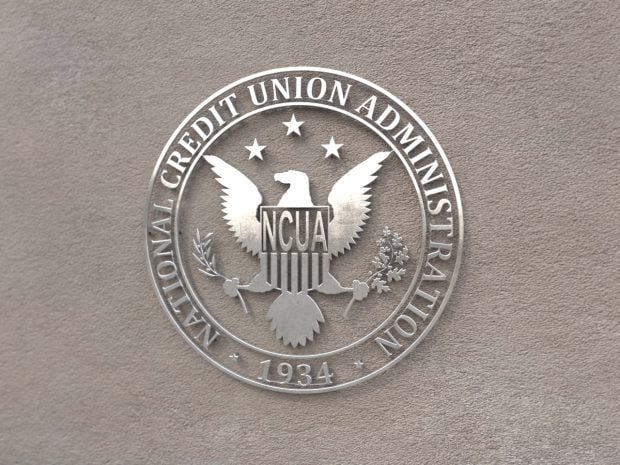DANA POINT, Calif. — There is no shortage of challenges and issues facing the credit union system, and three of the industry's leaders had the opportunity at the NASCUS State System Summit to share their perspectives on what they consider the primary issues the industry must address to preserve and strengthen state-chartered credit unions and the dual chartering system.
Joining moderator John Annaloro, president/CEO, Washington Credit Union League on a panel discussion were Kirk Cuevas, partner, Dollar Associates; Diana Dykstra, president/CEO, San Francisco Fire CU; and Gavin Gee, director, Idaho Department of Finance.
“Credit unions are at a crossroads, at a fork in the road. The choices are there for them to make,” Cuevas told attendees before sharing his observations on the issues influencing credit unions' decisions and future.
Among the issues he cited were decreasing numbers of credit unions while membership is increasing, all-time high capital levels while CUs' growth is constrained because capital is based on total assets, increased scrutiny of the tax-exemption, expanded products and services but increased regulatory requirements, increased cost of compliance, the importance of regulators keeping the balance between safety and soundness and the ability of credit unions to compete effectively, and lack of documentation demonstrating credit unions' service to the underserved.
Cuevas continued to outline what he considers the six choices credit unions will need to make: 1. Capital modernization–the need for a risk- based capital structure that “truly” identifies risk. 2. Competition–credit unions are either going to have to “embrace the marketplace or try to escape from reality.” 3. Cooperation–credit unions have to find more ways to cooperate through things like CUSOs and shared branching if they're going to be able to compete because of limited resources. 4. Enhancing the viability of the credit union charter–the federal and state charters are viable charters in the competitive financial services marketplace, and “we have to take that argument off the table as a reason for a credit union converting to a non-credit union charter.”
5. Congress–CUs can't rest on their laurels from their victory in 1998 with H.R. 1151. They need to remain committed to advocacy.
6. Consumerization of members–members increasingly can't tell us the difference between credit unions and banks.
Commenting on the issue of CU-to-bank conversions, Cuevas said, “Credit unions and regulators have to think outside the box to find ways to work within their statutes in a safe and sound manner so credit unions aren't forced to find alternative ways like converting to non-credit union charters. Both state and federal regulators have to explore ways to be innovative.”
Dykstra also addressed the importance of members understanding the credit union difference.
“If members don't understand it, then the credit union value proposition is all messed up,” she said adding, “Credit unions have the wrong value proposition. They need to compete to be unique. I'm not sure credit unions are relevant in members' lives. Credit unions need to take a more forward look on where the market is headed and find innovative ways to respond.”
On that subject, Dykstra offered, “Sometimes credit unions think too much about what regulators may think about what they want to do instead of thinking of what's best for their members.”
Dykstra also agreed with Cuevas' position that cooperation is key to the credit union industry's survival.
“Why spend money on redundant resources when you can share in operating expenses?” she asked.
When it was Gee's turn at the microphone, he cited several additional crucial issues facing the credit union system, including the increased federalization of the financial services industry, the adequacy and stability of state agency budgets, the loss of small credit unions, and the regulatory burden on credit unions.
According to Gee, increased federal preemption of state law and authority “is a threat to the entire state credit union system. Preemption is very broad in its scope. A preemption in one state sets a precedence for preemption in other states.”
Concerning state agencies, the Iowa regulator said states almost always have balanced budget requirements. In addition, he said, “states are always vulnerable to piracy by federal regulators because of the salaries federal agencies are able to pay.
Gee estimated the credit union system is losing about one credit union a day through consolidation, and “that's both a state and dual chartering system issue,” he said.
Gee noted that the states charter about 85% of new credit unions, and “it's a threat to the entire credit union system to lose these credit unions.” –[email protected]
© 2025 ALM Global, LLC, All Rights Reserved. Request academic re-use from www.copyright.com. All other uses, submit a request to [email protected]. For more information visit Asset & Logo Licensing.







